
Mexican government knew about pipeline leaking fuel before blast that killed dozens
- Locals say people were collecting petrol partly because of shortages they blamed on a government crackdown on fuel theft
Mexico’s new government knew a pipeline was leaking but did not act for hours before a blast killed dozens of people, a minister said on Sunday, increasing scrutiny of a push to stop fuel theft seen as the president’s first crackdown on crime.
State oil firm Pemex did not close the fuel pipe after being warned by the military about four hours before Friday’s blast, because it considered the leak “minimal”, Security Minister Alfonso Durazo told a news conference.
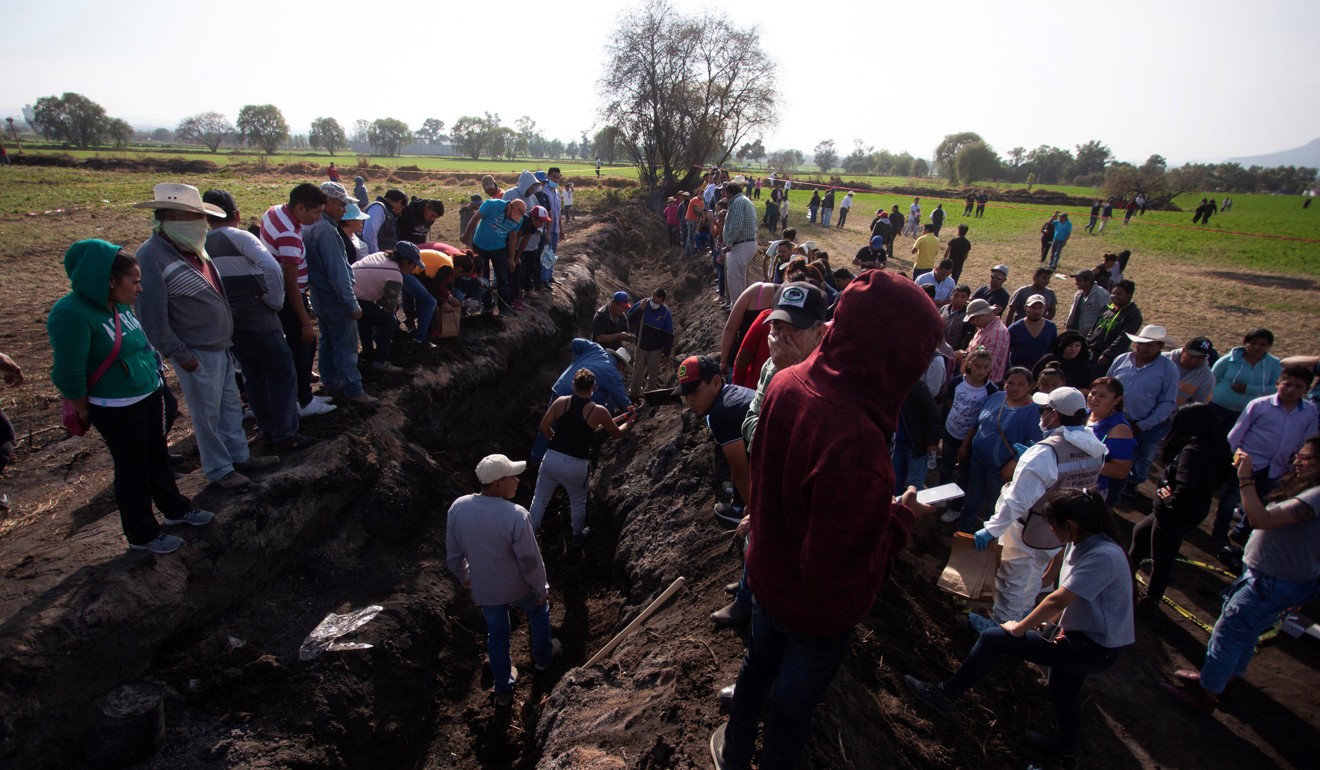
In the hours that followed, the leak grew and as many as 800 people took plastic containers to the gushing duct, filling them up with free fuel in what witnesses described as an almost festive atmosphere.
Relatives of some of the victims claimed fuel shortages caused by President Andres Manuel Lopez Obrador’s crackdown plan attracted people to the leak at the Tula-Tuxpan pipeline, a few kilometres from a major refinery.
In December, Lopez Obrador sent soldiers to refineries to help fight organised crime and white-collar fuel theft, while shutting down pipelines tapped by thieves. The measures have reduced theft, but in early January led to shortages and long queues at service stations.
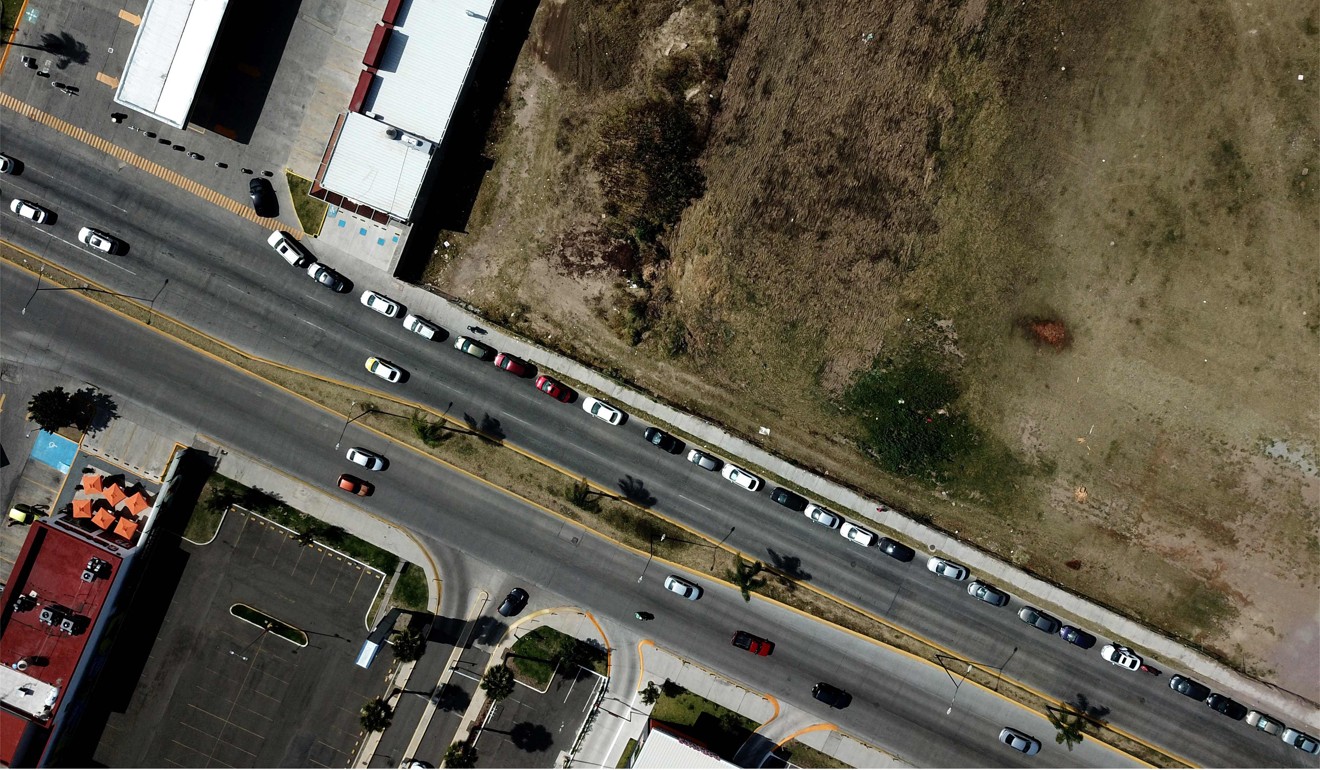
Soon after dark on Friday in the Tlahuelilpan district of the central Hidalgo state, petrol and fumes ignited in a fireball that killed at least 85 people and left a black scar on the land. Bodies were so badly charred they will only be identified through DNA testing, officials said.
Critics say the government did not do enough to prevent people from gathering at the scene before the explosion, was hasty in resuming the flow of fuel through the duct after weeks of it being closed due to the crackdown and acted too slowly once the leak was detected.
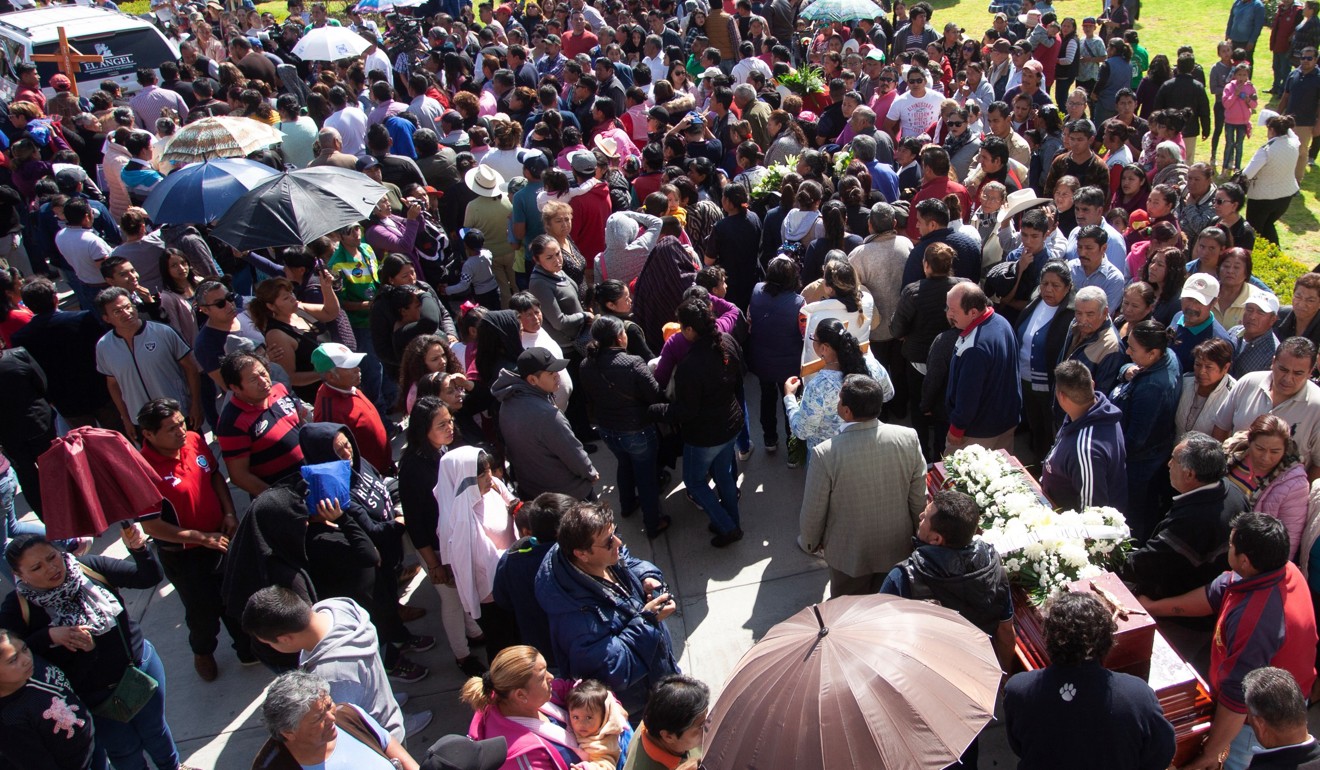
Several people said their relatives went to the leaking duct because they had been struggling to find fuel.
“A lot of innocent people came here, perhaps their car didn’t have enough gasoline for tomorrow, and they said: ‘I’m just going to go for a few litres’,” said farmer Isidoro Velasco, 51, who said his nephew was probably killed.
Pemex had been in a rush to reopen the pipeline to avoid more petrol shortages in Mexico City, said Gonzalo Monroy, head of Mexico-based energy consulting firm GMEC.
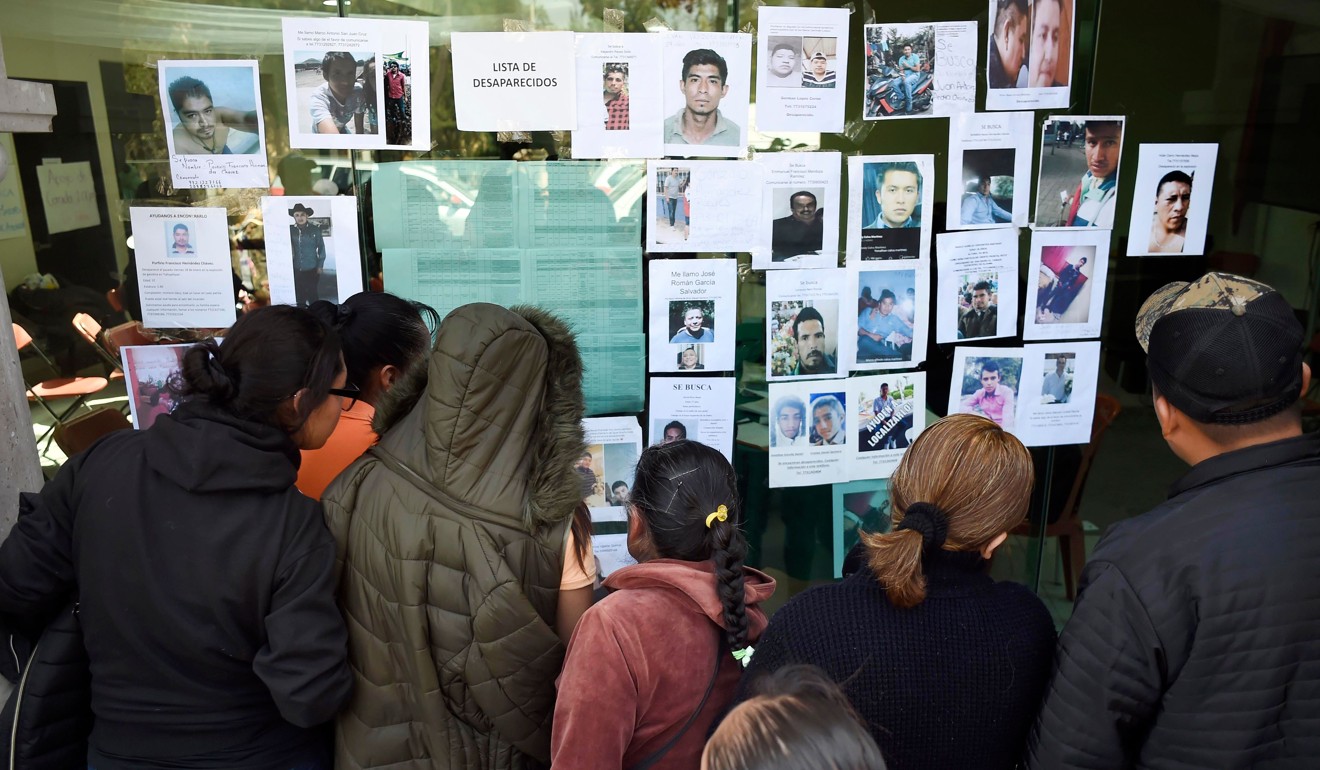
Disputing accounts thieves opened the pipe, he said Pemex sources indicated the fissure was at a spot that was previously repaired and gave way under the pressure of a new surge of fuel.
Pemex officials decided to keep fuel running after the first signs of a leak, and send a team to inspect it, he said. Pemex did not respond to requests for comment.
When asked why it took so long to close the pipe’s valves after the leak was detected, Durazo said Pemex followed protocol. The explosion was half an hour after Pemex closed the valve, he said, because high-octane petrol was still in the pipe.
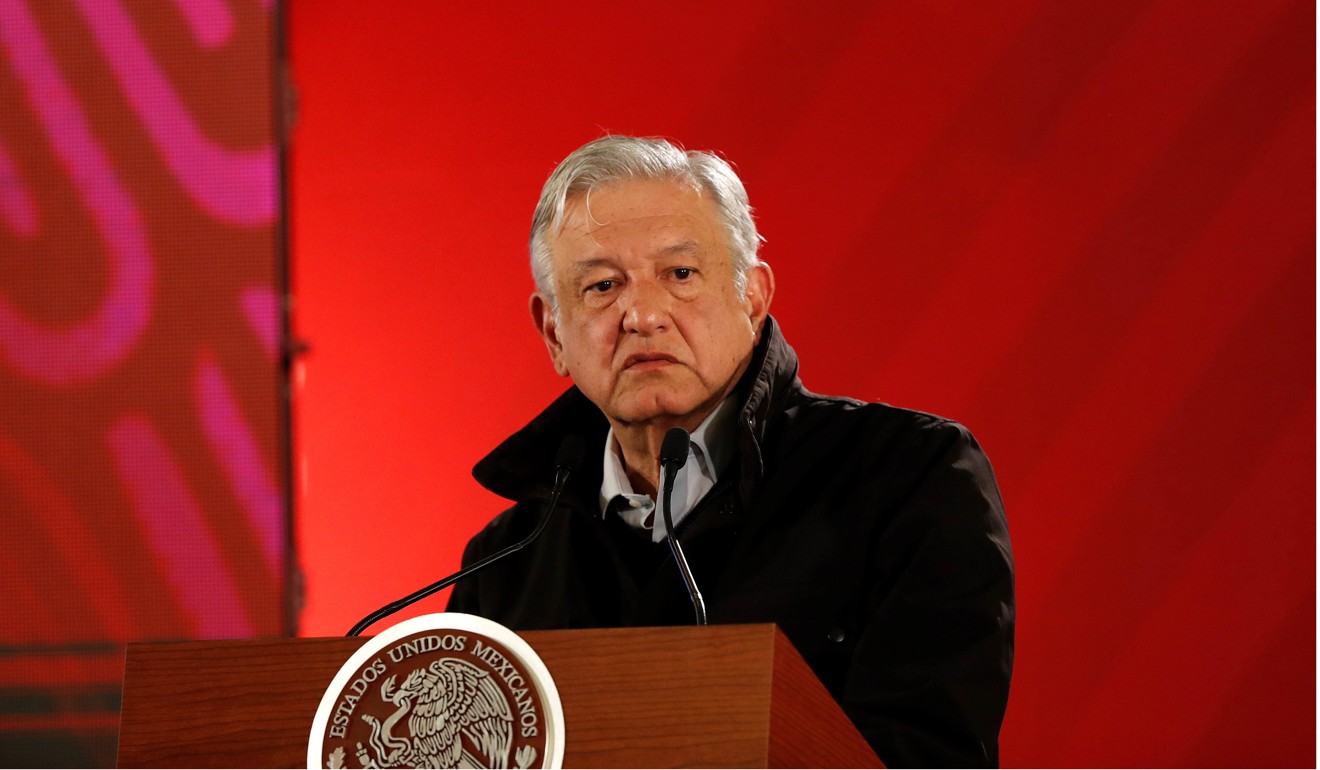
Lopez Obrador said on Sunday that the disaster had not weakened his resolve to fight fuel theft.
“I won’t take a single step backwards,” he said, adding that he hoped supply would normalise soon as Mexico buys more trucks for distribution by road.
If he ends the network that siphons off about US$3 billion worth of fuel from Pemex each year, he will have scored a big early victory. The blast, however, has raised the stakes.
Pemex initially took the Tula-Tuxpan pipeline out of service in December as the government tried to protect it from gangs who had hit it 10 times in Tlahuelilpan, Pemex chief executive officer Octavio Romero said on Saturday.
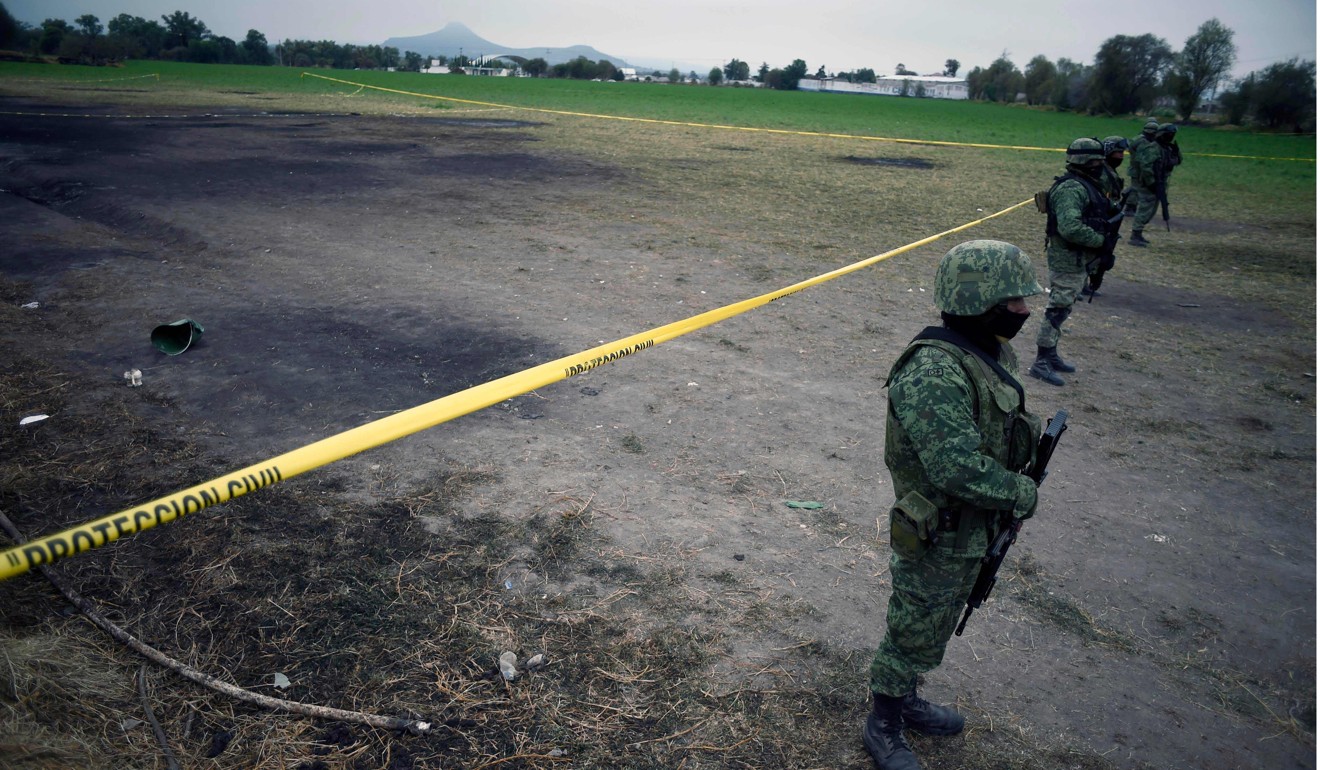
After Pemex tried to resume operations on Wednesday, the line was attacked four times.
Lopez Obrador said 10,000 barrels of petrol had accumulated in the pressurised pipeline between the Tula refinery and the village.
He said the army told villagers to stay back, but were ignored.

